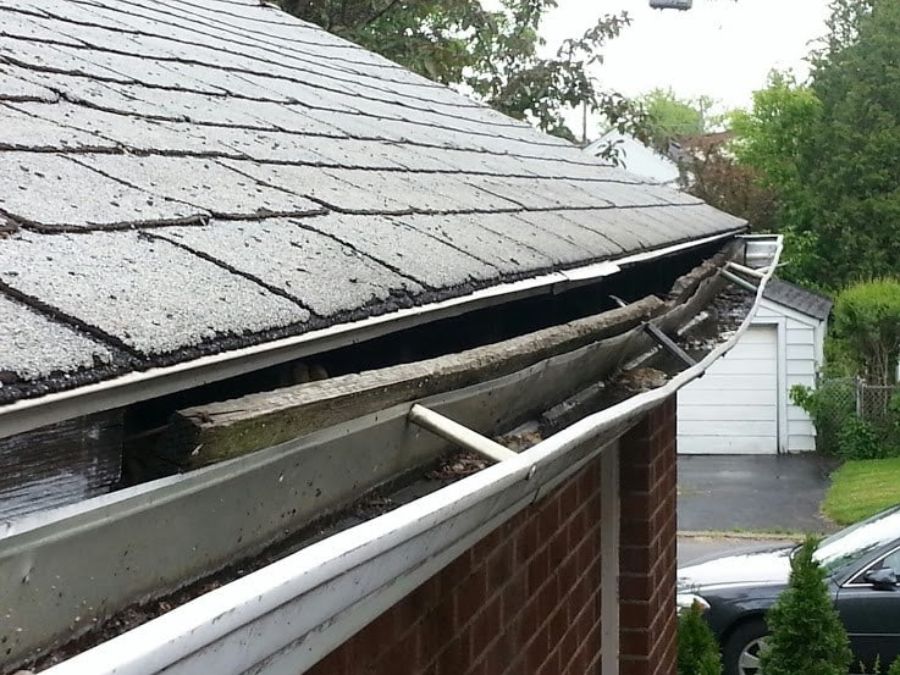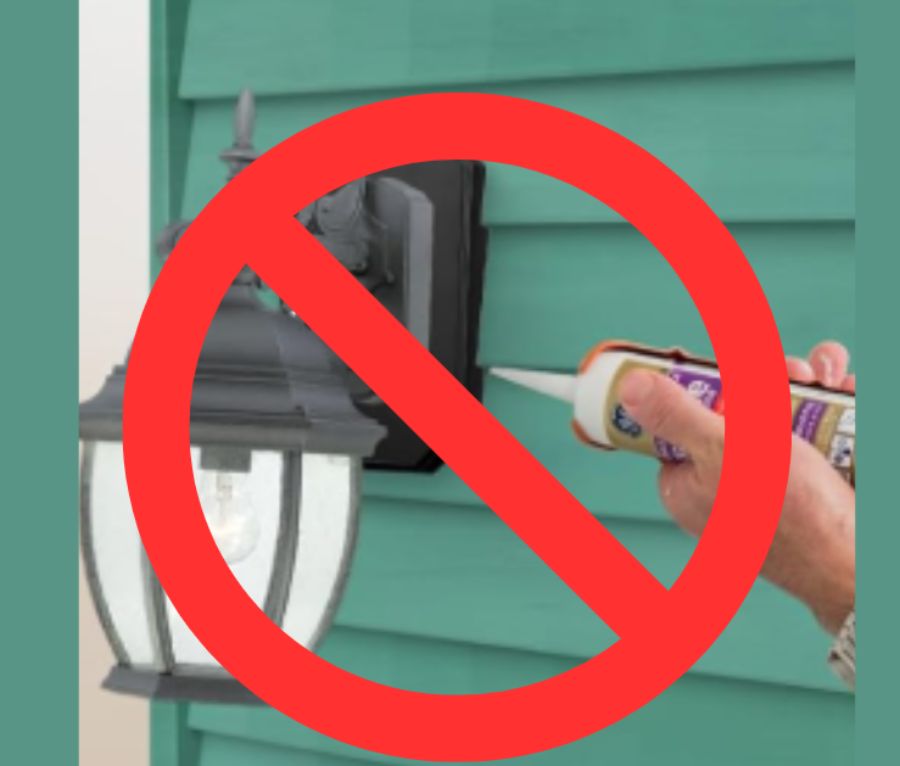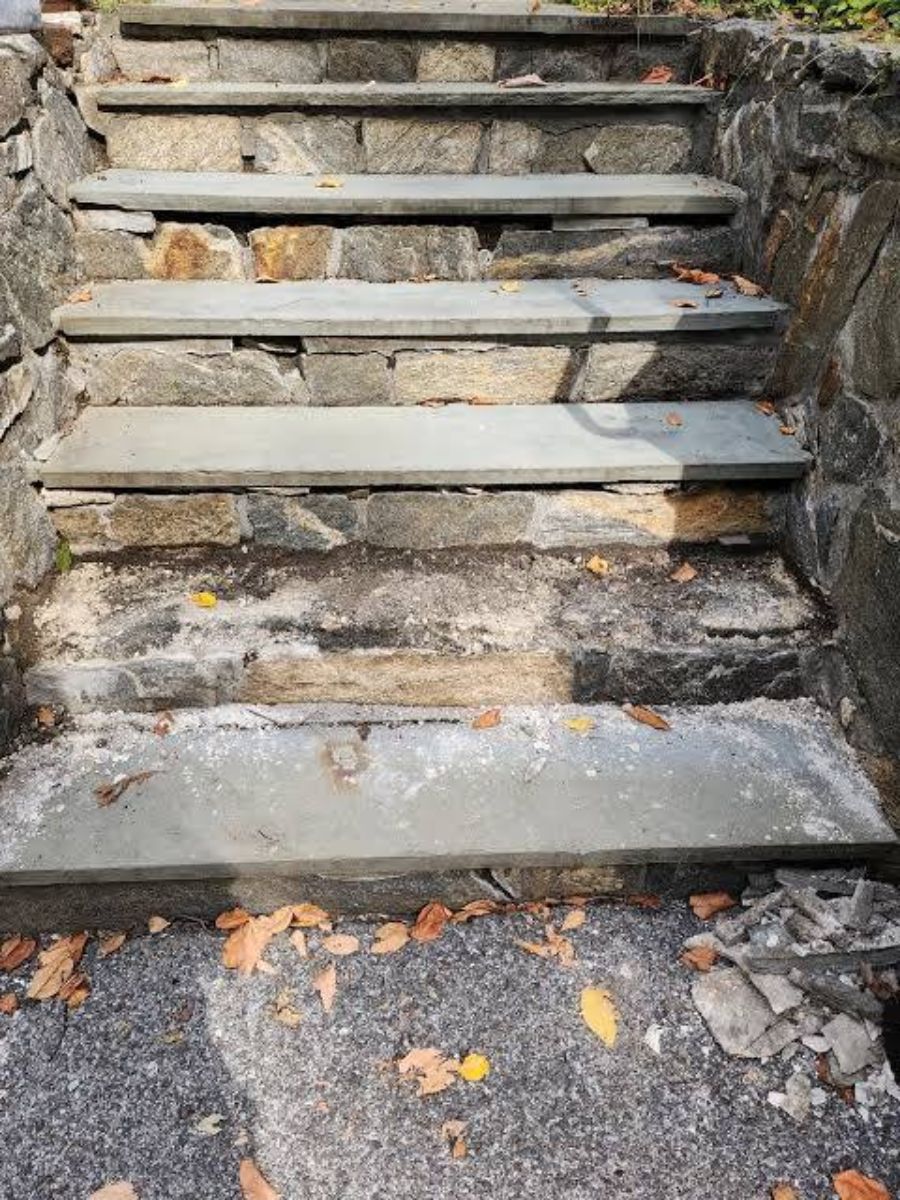When it comes to the plethora of paints, primers, stains, etc. that are on the market today, there are certainly some products that I like better than others.
One of the products that fits into this category is a ‘translucent stain’.
I particularly enjoy recommending this specific stain product strain for deck areas that someone wants to add some color to.
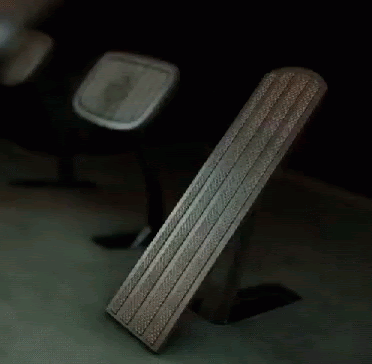
Pump the brakes a second.
If you follow any of my blog postings, radio show content, or written work in general, there is a good shot that you have come across me at least one time or another ranting against applying any type of product to a natural wood deck – be it pressure treated, mahogany, or any other type of wood.
While this still remains true, there are certain situations where I would acquiesce to a non-film building stain that still adds a little bit of color to the surface that is being treated.
Enter the translucent stain.
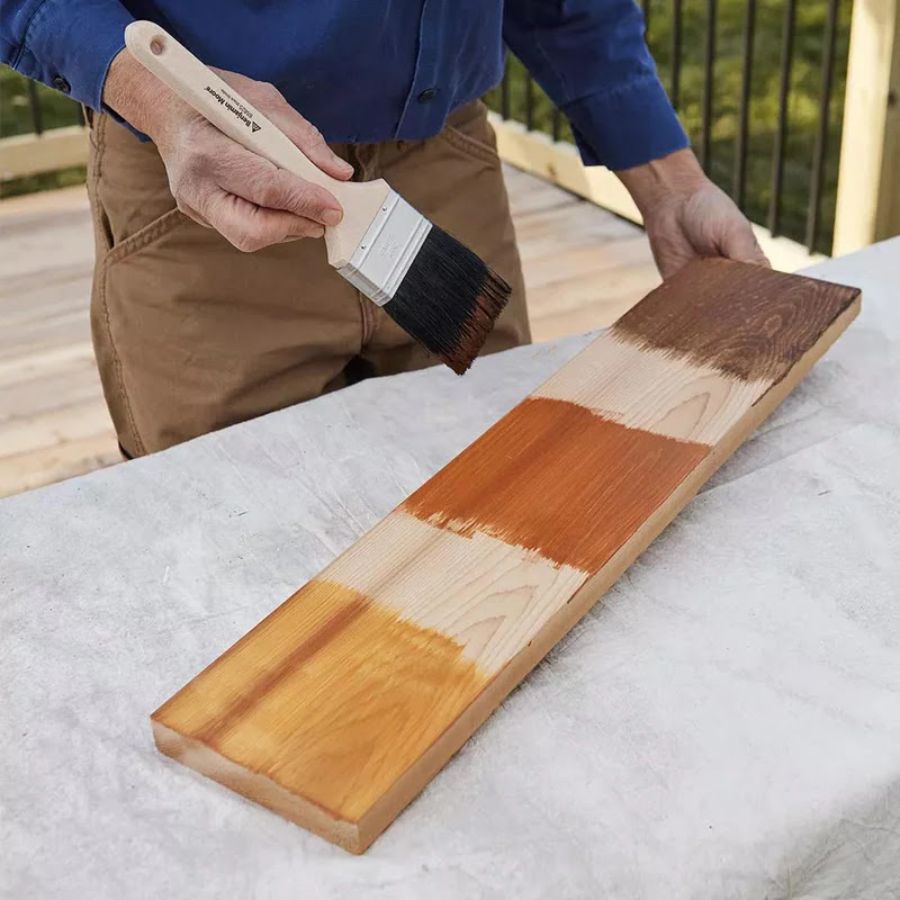
As adamant as I am about applying any product to a natural wood horizontal surface (…without a pre-treatment of media blasting, but that is another column…), if a client really, really, REALLY wanted to apply something for cosmetic purposes, a translucent stain is what I would recommend.
If they were simply looking for a clear water protectant, I would suggest something different.
In terms of adding a bit of color however, the translucent stain is the way I would go as the translucent stain is basically meant to simply tint the color of the wood and I believe it is the most correct product to successfully do so, without needing to penetrate very deeply and having the least chance of it peeling “ugly” at some point in the future.
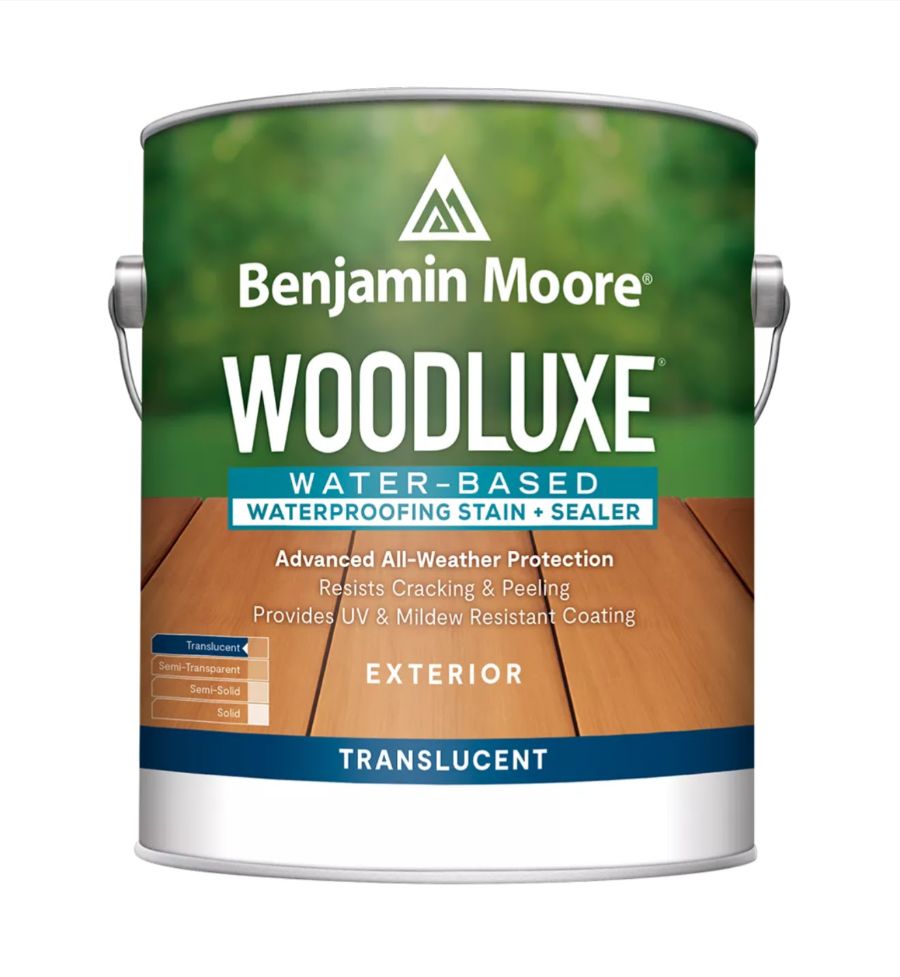
Granted, there will still be maintenance involved to keep up with the optimal appearance of the wood being treated, but it would be a whole lot easier of a process to prep & recoat with a translucent stain than with a stain having more body to it (a semi-transparent, semi-solid, or solid stain).
My favorite translucent stain is currently a product in Benjamin Moore’s stain family called ‘Woodluxe Translucent Stain’, but there are definitely a wide variety of like products on the marketplace.
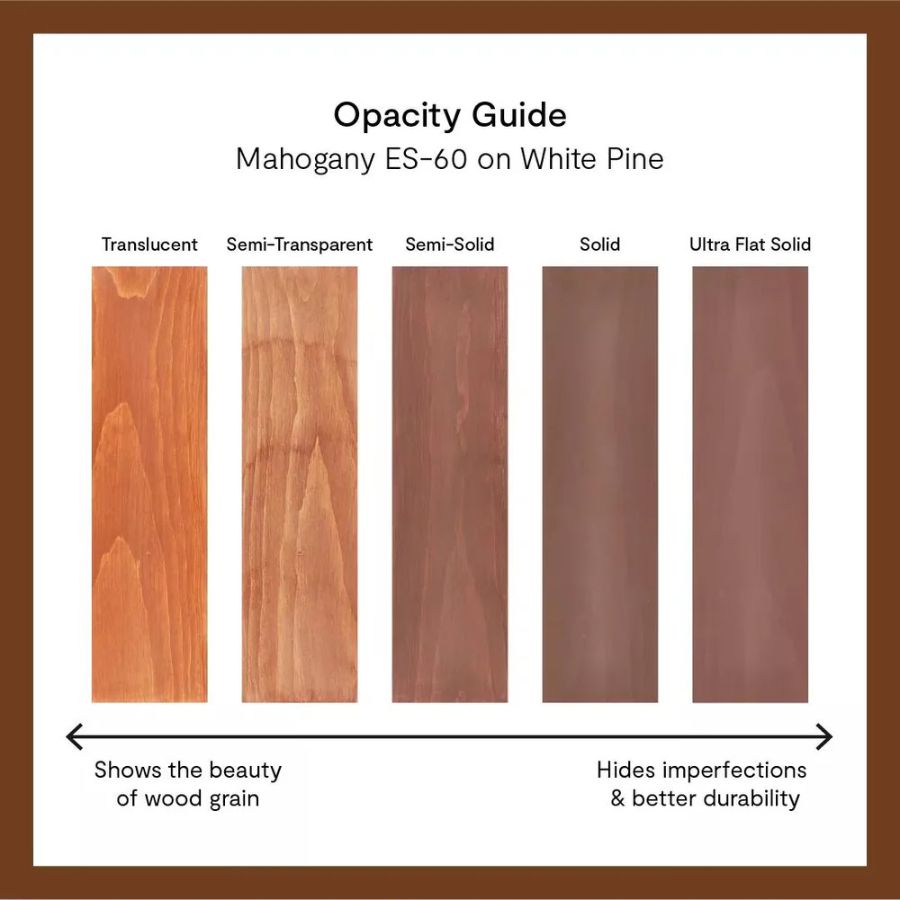
Unlike solid or opaque stains, translucent stains allow the natural grain and texture of the wood to show through. This gives the surface a warm, natural look instead of a painted or artificial appearance.
People often choose translucent stains because they highlight the beauty of the wood while still adding color and depth.
To whatever degree the particular type of wood it is being applied to allows the translucent stain to penetrate, the translucent stain helps better protect the wood from within, making it more resistant to cracking, peeling, or flaking, which are common problems with thicker, film-forming coatings.
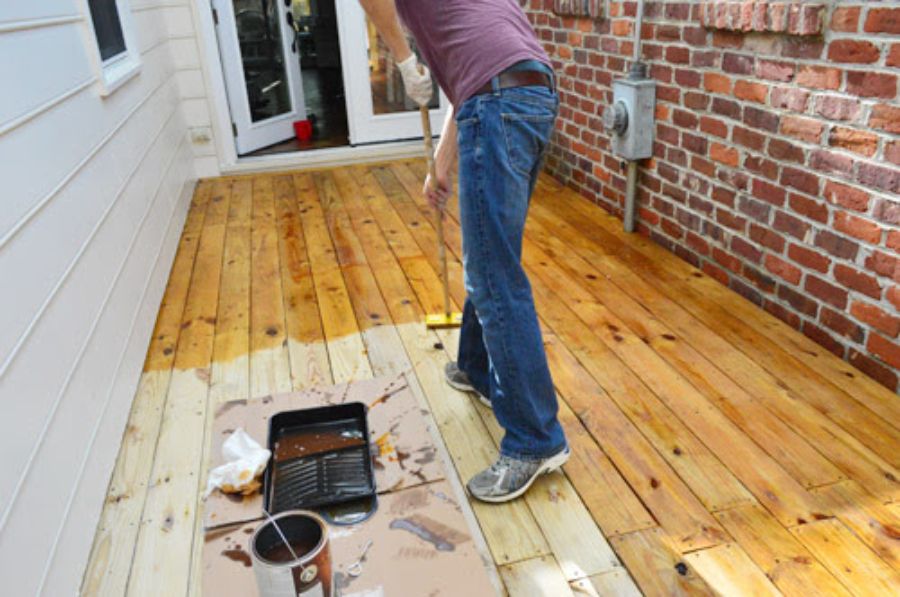
The deeper a product is allowed to penetrate the more helpful it will be in guarding against moisture, which is especially important for horizontal surfaces that collect rainwater.
Because it is a “thinner” stain and does not have the “solids” that become more and more prevalent as one travels up the stain opacity ladder, the translucent stain penetrates as well as one could possibly hope for, while at the same time adding color and character to the wood it is being applied to.
Applying a product to any horizontal surface – decks, patios, and walkways and similar – can be likened to playing with fire in terms of the amount of effort that may be required for longer-term maintenance, nonetheless, if you are looking for a product that enhances the look of these surfaces, while offering some protection, and minimizing the amount of elbow grease it is going to take to keep it up over time, a translucent stain may indeed be the perfect option.
Follow Us on Social Media!


